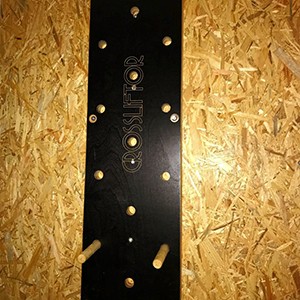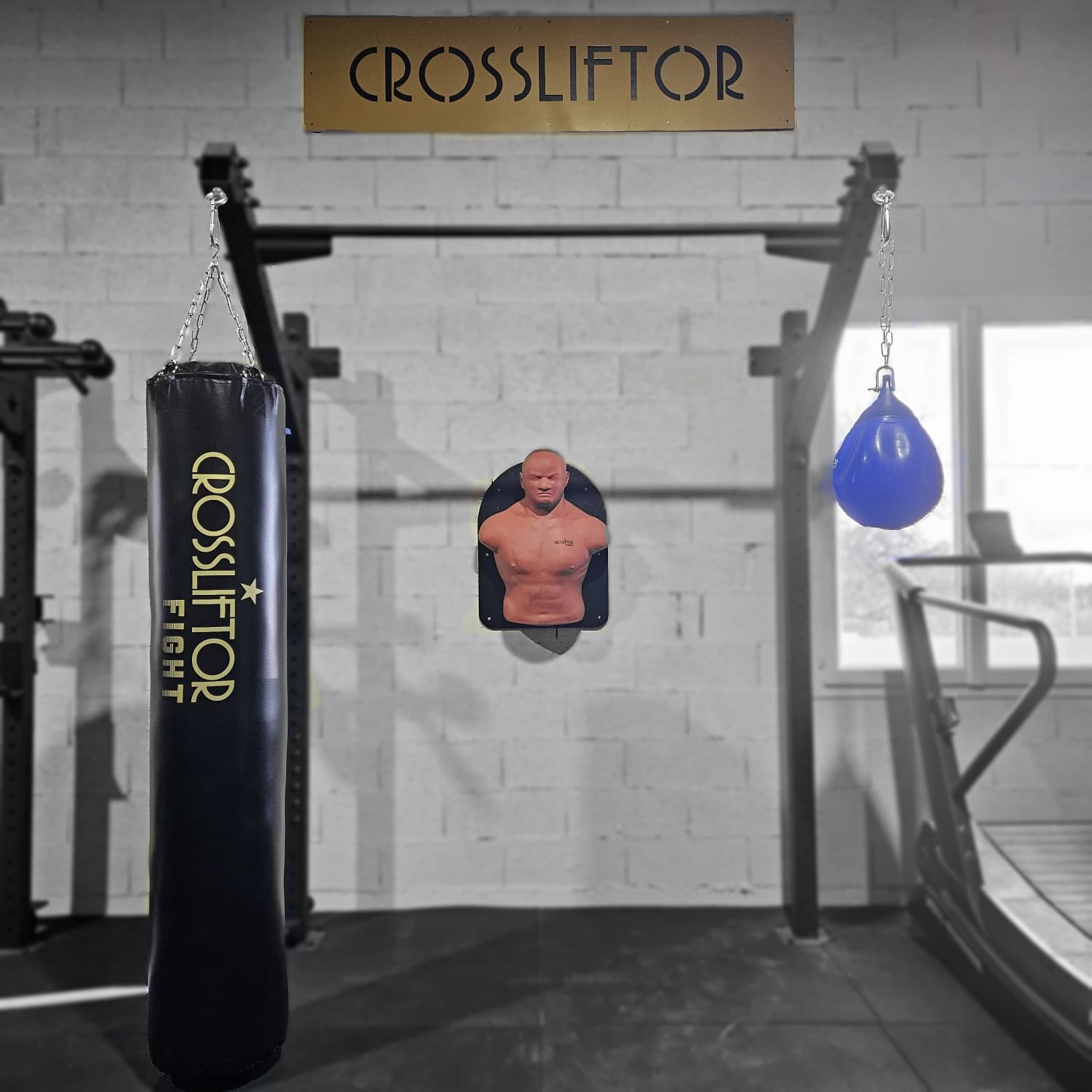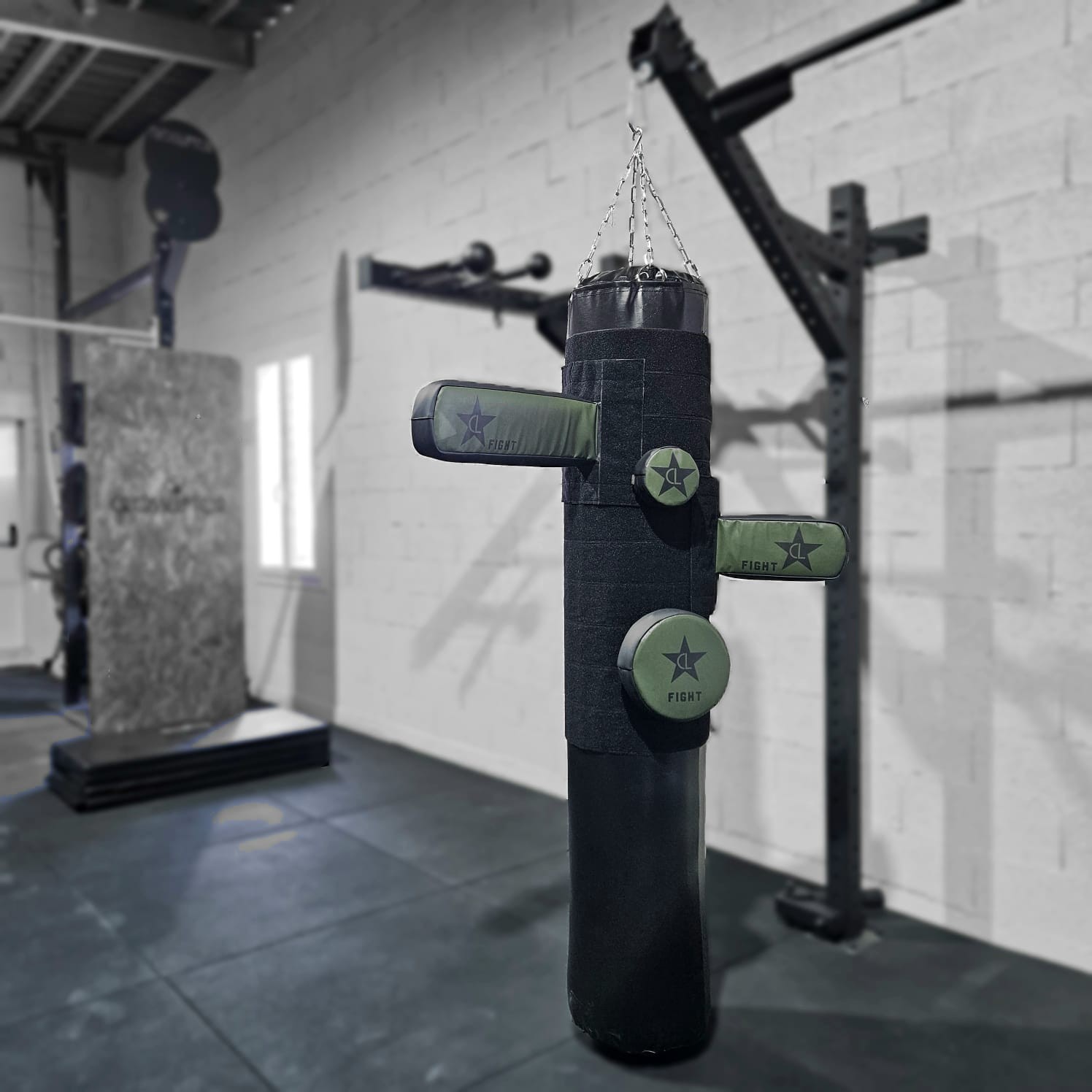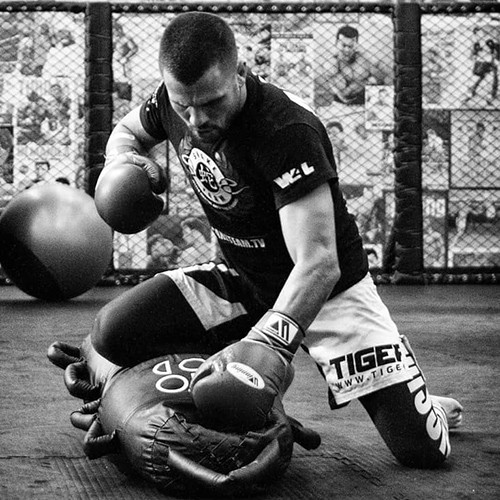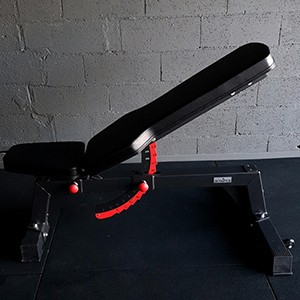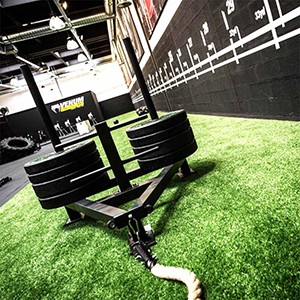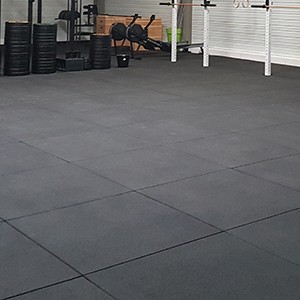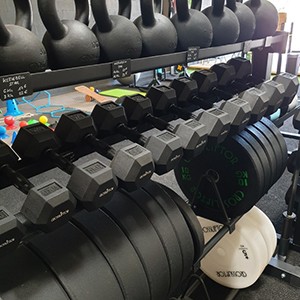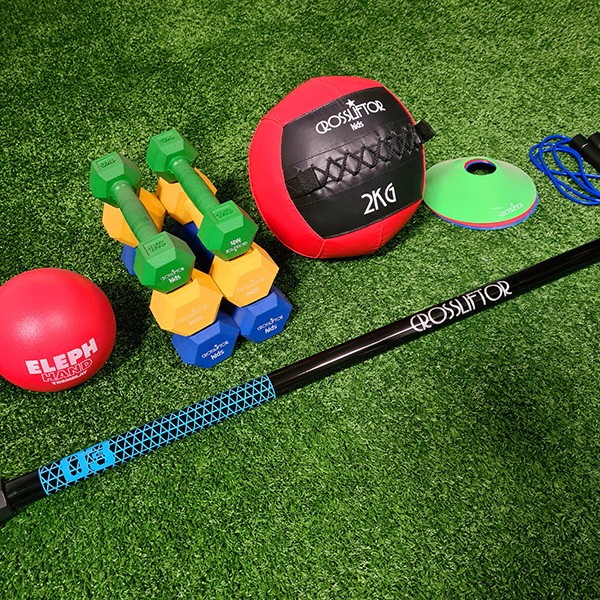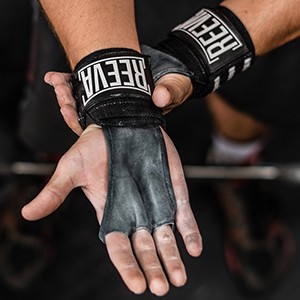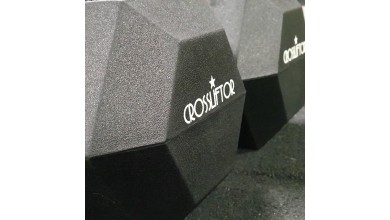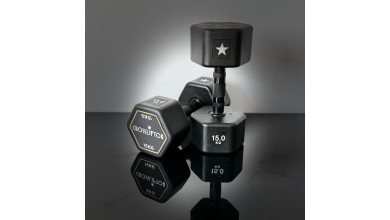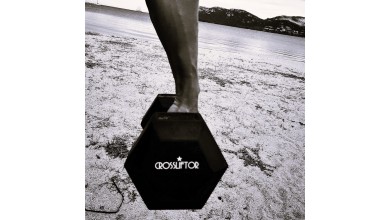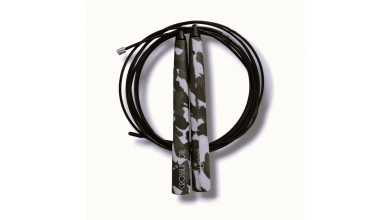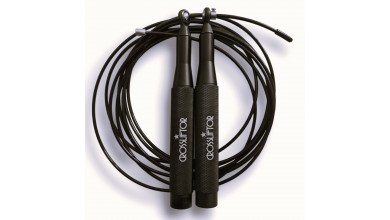Master the Kettlebell Snatch - A technical and comprehensive exercise
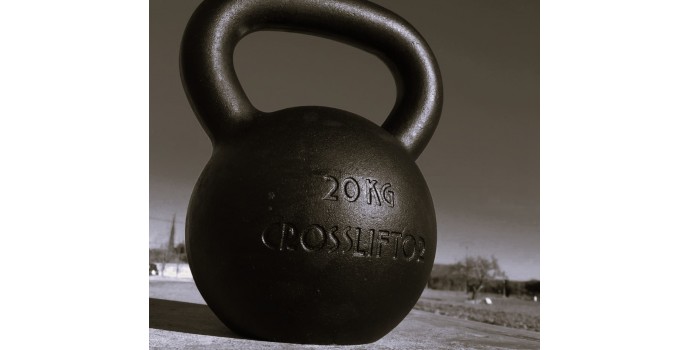
The kettlebell snatch is a strength-building exercise that consists of performing a squat, lifting the kettlebell between the legs and raising it above the head during the extension. An alternative to the barbell or dumbbell snatch, this is a physical exercise that stimulates numerous muscle groups throughout the body, provided you adopt the correct position when performing it. This technical movement, quite complex if you want to perform it properly, is often included in bodybuilding workouts or WODs. The snatch must be performed with care to avoid falls and injuries.
The benefits of snatch with kettlebell?
Muscles involved in the snatch
Several muscle groups are involved in this complex physical movement. Firstly, the arms (shoulders, biceps, triceps), which support the weight of the kettlebell and contract both on the way down, when the kettlebell passes between the legs and over the gluteal line, and on the way back up, when the kettlebell is extended over the head. Next, the legs (quadriceps, hamstrings) and gluteal muscles flex during the squat and tighten as the body rises to a standing position.
What's more, the kettlebell snatch belongs to the explosive movements that provide power work for the core, especially the dorsal, pectoral and abdominal muscles.
In short, the benefits of kettlebell snatch are numerous. The reason it's so popular in bodybuilding and cross-training circles is that it enables you to work your entire muscular system with each repetition. This movement, which combines power and concentration, is an ideal exercise for familiarizing yourself with the benefits of flexion and extension, while helping to activate the joint system.
The benefits
The benefits of this exercise, which differs from barbell or dumbbell workouts, include :
- Careful attention to balance, as the body must be stable with the feet off the ground to ensure maximum balance during training.
- A way of working on power with few repetitions, or in longer sets as part of hypertrophy , in order to increase muscle growth tenfold over the course of training sessions.
- A way to develop your expansiveness, as this exercise stimulates the desire to push the limits of your body, to get out of your comfort zone in order to improve your strength, endurance and muscle/joint mobility.
- An effective alternative to sessions with a barbell, dumbbells or without weights, which enables you to challenge every muscle and every joint.
- Polyarticular, the kettlebell snatch strengthens joint coordination in the knees, hips, wrists and elbows with contraction of adjacent muscles.
- A movement that targets several muscle groups without the need to perform several in a row to ensure that all muscles have been worked during the workout.
- An effective workout to strengthen the cardiovascular system, reduce body fat and burn calories while strengthening muscles.
How do I make a KB snatch?
We're going to take a step-by-step look at how to perform a KB snatch, as this exercise is still at a relatively advanced technical level. Don't worry, it's perfectly accessible, but as always, pay close attention to technical execution before moving up in weight.
The starting position
Stand with your feet flat on the floor, shoulder-width apart, and the kettlebell facing you. Bend your knees, pushing your buttocks (anteversionof the pelvis) backwards so as to keep your back straight and flat during flexion, with the kettlebell held firmly in the hand you've chosen to start with, arms bent at first.
How to perform
With your knees bent, grasp the kettlebell in one of your hands. Don't grasp the KB by the middle of the handle, but on one of its corners, with your thumb pointing along the hips so that you can rotate the kettlebell on the way up and prevent it from banging against your forearm as it arcs. Pass your arm between your thighs and extend it so that the kettlebell extends beyond your buttocks. You'll now feel your hamstrings contract. Next, straighten your legs as you bring the kettlebell close to your shoulders, bending your elbows. The idea is to bring the kettlebell overhead, with arms and thighs extended, so that you can flex again in preparation for the next movement. In the end position, your body has performed a triple extension (ankle, knees, hip), so you're totally upright and the kettlebell has come to pivot at the end of the stroke to rest on your forearm. When you come down, rotate your thumb inwards, and when you come up, rotate it outwards to facilitate rotation of the kettlebell.
Our tips to avoid injury
To perform a snatch movement safely and avoid injury, there are a few rules you need to follow to master this technical move. Firstly, be aware of your physical condition, i.e. your ability to perform the snatch according to your level of fatigue, as this exercise is very energy-intensive. There's no point in starting the kettlebell snatch if you're not in full possession of your strength, as you risk not being concentrated enough to benefit from its effectiveness.
Then, start by performing the movement without weight, in order to master your body's position in space (proprioception), then begin with a light load that you'll increase as the session progresses. The idea is not to saturate your muscular system from the outset, as this would be a source of injury. Then, make sure you warm up your whole body before including this exercise in your training, otherwise you'll be at risk of tears and contractures!
Finally, remember to breathe in and out throughout the exercise, keeping your gaze forward and fixed.
What other kettlebell exercises?
Other exercises
To vary your workouts and refine your technique, you can also alternate with other kettlebell exercises.
Try kettlebell squats, for example, which work the posterior part of the body, such as the buttocks and thighs, as well as the core. To do this, stand with your feet flat on the floor and bend your legs, keeping the kettlebell close to your chest. On the way down, keep your back flat and ensure that your knees remain at right angles to your ankles.
Another option is the deadlift,which builds hamstring and gluteal strength through a hip-bending movement, varying the load as you go along. With feet shoulder-width apart and back straight, lean forward with knees slightly bent, arms straight and kettlebells held firmly in one hand.
Finally, the clean squat with kettlebell is another variation that combines the benefits of the squat with those of the snatch. This all-round dynamic movement involves several muscle groups, including the glutes, back, shoulders and arms. Simply flex your thighs, pushing your buttocks back to maintain a flat back, while keeping your arms straight with the kettlebell on the floor. On the way up, pull the kettlebell up, straighten your legs and bend your elbows, bringing it up to shoulder level. At this point, point your thumb outwards to rotate the kettlebell and bring it up against your shoulder. Then flex again.
All these movements can easily be incorporated into a training routine, to make it as effective and complete as possible.
The Kettlebell Thruster
The Kettlebell Thruster is an intense exercise that alternates the benefits of the squat with those of the kettlebell in an upright position. With one hand on your hip and the other holding the kettlebell, flex your legs using the same instructions as for the previous movements. On flexion, the kettlebell rests on your shoulder, while on extension, the same arm is stretched over your head. Inhale on descent, exhale on ascent.
Click here to see our range of kettlebells

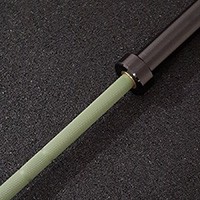
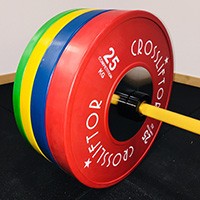
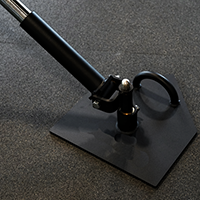
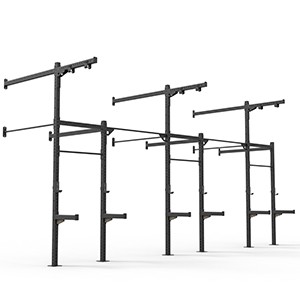
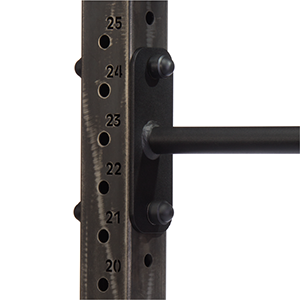
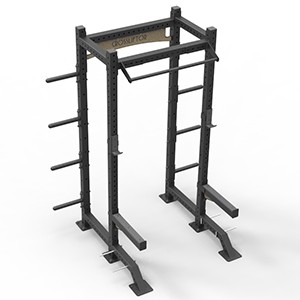
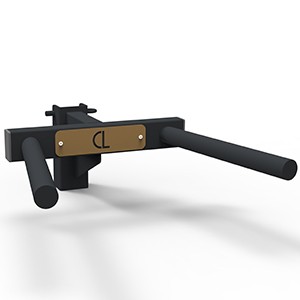
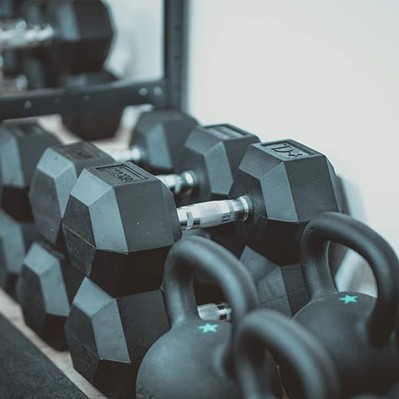
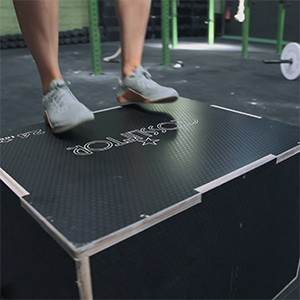
 (1).jpg)

